Everton was established in 1878. It was named St. Domingo's FC in 1878, so that the members at St Domingo Methodist New Connexion Chapel located in Breckfield Road North Everton would be able to participate in sports all year long - cricket was played during summer. The club's inaugural game was a 1-0 win against Everton Church Club. The club was changed to Everton in November 1879 in honor of the area in which it was located, since those who were not part of the church wanted to be a part of the club.
The club was one of the founding members of the Football League in 1888-89 and took home the debut League Championship title in the 1890-91 season. Everton was crowned the FA Cup for the first time in 1906, and then the League Championship again in 1914-15. The beginning of World War I in 1914 disrupted the football program when Everton were champions in the title race, this occurred again in 1939.
It wasn't until 1927 that Everton's initial steady period of success started. In 1925, the club was able to sign Dixie Dean from Tranmere Rovers. The 1927-1928 season was when Dean established the mark for league goals scored in the top flight in the same season by scoring the scoring of 60 in just 39 league matches, which record is still in place. Dean helped Everton achieve its third League Championship that season. Then, Everton was relegated to the Second Division two years later amid internal turmoil within the club. The club soon recovered and was promoted on the very first attempt, and scoring record-breaking scores during the Second Division. After regaining the top of the league in 1931-32 Everton did not waste time in establishing its status and won its Fourth League Championship at the first chance. Everton also took home their first FA Cup in 1933 with the 3-0 victory against Manchester City in the final. The period was ended in 1938-39 when the club won the team winning a five-time League Championship.
The start of the Second World War again saw the end of league football and when competition was reinstated in 1946 The Everton team was split into two teams and was a distant second to the team from before war. Everton was dropped again in 1950-51 but failed to get promoted until 1953-54 in which it was the second-placed team within the Second Division. Everton has been an elite team since.
The second period of success for Everton began with Harry Catterick was made manager in the year 1961. In the 1962-63 season as manager, Everton won the League Championship. In 1966, the club took home the FA Cup with a 3-2 victory against Sheffield Wednesday. Everton was again in the final in the year 1968, but failed to beat West Bromwich Albion at Wembley. The following season, in 1969-70, Everton won the League Championship with a score of nine points ahead of their closest opponents Leeds United. In this time, Everton was the first English club to win five consecutive years of European tournaments. This included the years 1961-62 through 1966-67.
But the triumph was not sustained The team was ranked fourteenth sixteenth, fifteenth, 17th and seventh in the subsequent seasons. Harry Catterick retired, but his successors did not take home any silverware during the rest of the 1970s even though they finished 4th in the 1974-75 season under coach Billy Bingham, third in 1977-78 and fourth in the next campaign under coach Gordon Lee. Lee was dismissed in 1981.
Howard Kendall took over as manager and led Everton to the most successful time. On the national stage, Everton won the FA Cup in 1984, and Two League Championships in 1984-85 and 1986-87. In Europe the club took home its first, and to as of now, only European trophy after securing its first European Cup Winners' Trophy in the year 1985. The European victory came after defeating University College Dublin, Inter Bratislava and Fortuna Sittard. After that, Everton defeated German giants Bayern Munich 3-1 in the semi-finals despite leading at half-time (in an event that was deemed to be to be the best match of all time in Goodison Park history), and then recorded the same score against Austrian clubs Rapid Vienna and Rapid Vienna in the final. After winning two cups, the League and the Cup Winners Cup in 1985, Everton had a good chance of having a treble but fell against Manchester United in the FA Cup final. In the subsequent season, 1985-86, Everton was runner-up against Liverpool at both in the League as well as in the FA Cup, but did take back victory in the League Championship in 1986-87.
Following the Heysel Stadium disaster and the subsequent exclusion for the entire English clubs from international soccer, Everton was unable to win more European prizes. A significant portion of the team that won the title was disbanded after the ban. Kendall himself transferred from Athletic Bilbao after the 1987 title win and was replaced by his assistant Colin Harvey. Harvey led Everton into their 1989 FA Cup Final, but they lost 3-2 in extra time to Liverpool.
Everton was one of the founding members of the Premier League in 1992, however, they struggled to find the best manager. Howard Kendall had returned in 1990, but was unable to duplicate his success from the previous season. He was succeeded by Mike Walker, was statistically the worst Everton manager of the moment. In the year that ex- Everton teammate Joe Royle took over in 1994, the form of the club began to improve. His first game as manager was a 2-0 win over Derby opponents Liverpool. Royle brought Everton out of the relegation zone and guided the club to winning the FA Cup for the fifth time in its history winning Manchester United 1-0 in the final. The trophy win was Everton's entry into the Cup Winners' Cup, the club's first European campaign since the Heysel period. Development under Royle continued during 1995-96, as the team rose to sixth on the Premiership. The next season was the reason Royle quit at the close of the season, and Royle was replaced for a short period by the captain of the club Dave Watson.
Howard Kendall was appointed Everton manager for the third time in 1997. However, the job was not successful since Everton ended up finishing 17th at the time of the Premiership. They only avoided being relegated because of its better goal differential in comparison to Bolton Wanderers. A former Rangers Manager Walter Smith then took over from Kendall in the summer of 1998 however, the team only managed three consecutive performances in the lower tier in the standings. [22 The Everton board eventually ran into boredom with Smith and he was dismissed in March 2002, following the FA Cup exit at Middlesbrough and with Everton in danger of being relegated. His successor, David Moyes, guided Everton to a secure finishing in 15th position.
In 2002-03, Everton placed seventh in the league in the league, which was their best finish since 1996. Under Moyes under his management when Wayne Rooney broke into the first team, before being transferred to Manchester United for a club record sum that was PS28 millions in summer 2004. A fourth-place finish in 2004 and 2005 ensured that Everton could participate in their UEFA Champions League qualifying round. The team did not reach the Champions League group stage and was later removed in that stage. UEFA Cup. Everton was selected for two of the 2008-09 and 2007-08 UEFA Cup competitions, and finished second during the 2009 FA Cup Final. The time was when Moyes broke the record of the club for the highest transfer fee paid four times when he signed James Beattie for PS6 million in January 2005, Andy Johnson for PS8.6 million in summer 2006, [29] Yakubu to PS11.25 million for summer 2007 in summer 2007 and Marouane Fellaini was signed for PS15 million in September of 2008.
The end of 2012-13 Moyes quit his job at Everton to join Manchester United, bringing in the staff of Everton to join his team at the end of July (assistant director Steve Round, goalkeeping coach Chris Woods and coach Jimmy Lumsden) together as well as Everton team members Phil Neville and Marouane Fellaini as well. They will be joining United and the former joining the team of coaches. Moyes became replaced Roberto Martinez, who led Everton to fifth place within the Premier League in his first season as manager, and also recorded the club's highest points total over the course of 27 years, racking up 72. The next campaign, Martinez led Everton to the final 16 in the 2014-2015 UEFA Europa League, where they were lost to Dynamo Kyiv, whilst domestically finishing 11th in the Premier League. Everton reached the semi-finals in two competitions, the League Cup and the FA Cup in 2015-16, but lost both times. After an indifferent run within the Premier League, Martinez was dismissed following the final game of the season and Everton finishing in 12th place.
Martinez was substituted in summer 2016 , by Ronald Koeman, who left Southampton to sign a three-year contract at Everton. In his first year at Everton, the team was able to qualify for Europa League, but a slow beginning to the 2017-18 season resulted in Everton at the foot of the drop zone following nine games. Koeman was dismissed on October 23 after a loss at home of 5-2 to Arsenal. Sam Allardyce was appointed Everton manager in November 2017 but he was sacked after the conclusion of the season due to anger from fans about his approach to football.
Marco Silva was named Everton manager in May of 2018. In November the club was prohibited from signing academy footballers from its youth teams for a period of two years. Silva was able to lead Everton to finish eighth in his first season as manager however, following a disappointing start to the next season that left the team in the relegation zone with 14 points. He was dismissed 5 December 2019. His final league game was a loss of 5-2 against Liverpool in the midst of Anfield. Former player and first team manager Duncan Ferguson stepped in as manager in caretaker for the following three games prior to his replacement, Carlo Ancelotti; Ferguson continued as assistant manager.
Ancelotti quit The club on June 20, 2021, to join his former team Real Madrid as manager, having led this club to an tenth place finishing in his first full season as manager of the club. A former Liverpool coach Rafael Benitez was appointed as his replacement. He later became only the second person in history to be in charge of both Liverpool as well as Everton. He was dismissed in the month of January 2022 following nine losses over the final 13 games of his charge at the club then was succeeded by the former Chelsea manager Frank Lampard.
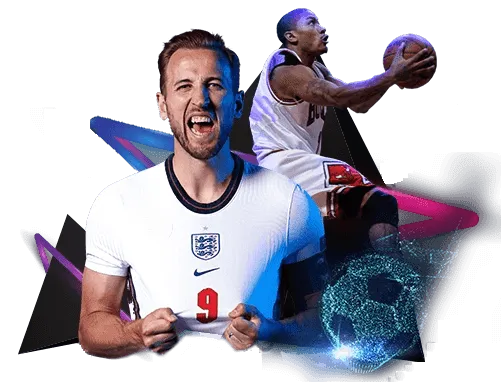


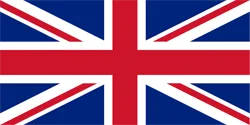 ENG
ENG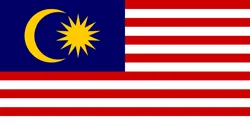 MYS
MYS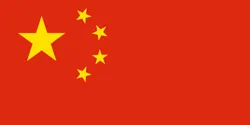 简体中文
简体中文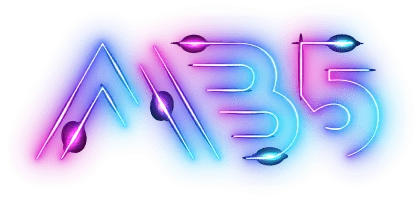



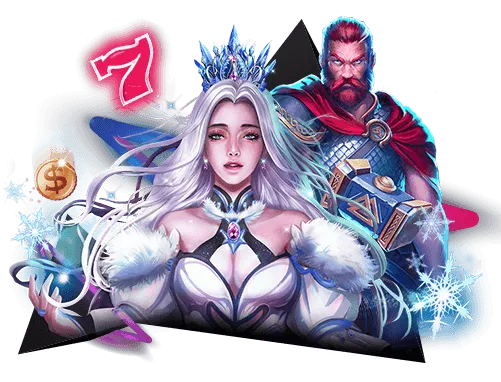












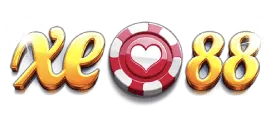



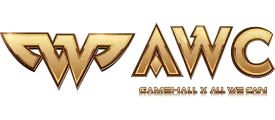

 Mikel Arteta
Mikel Arteta Joleon Lescott
Joleon Lescott Steven Pienaar
Steven Pienaar John Heitinga
John Heitinga



 Neville Southall (1981–97)
Neville Southall (1981–97) Graeme Sharp (1980–91)
Graeme Sharp (1980–91) Pat Jennings (2003 inductee)
Pat Jennings (2003 inductee)